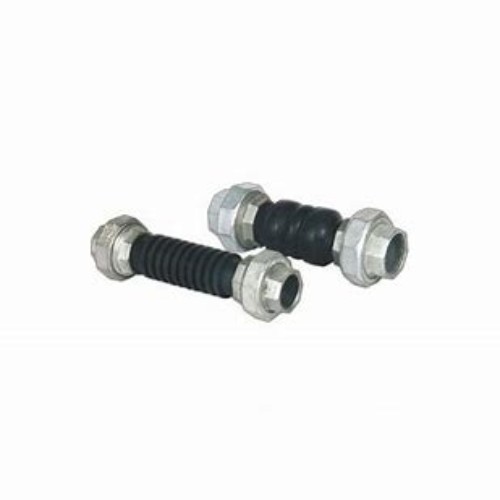foot valve use
Understanding the Use and Importance of Foot Valves
Foot valves are essential components in various water handling and pumping systems, playing a crucial role in maintaining liquid flow and preventing backflow. Typically installed at the bottom of a suction line, these valves are designed to control the flow of water or other fluids, making them vital in a range of applications, including irrigation, drainage systems, and industrial processes.
Understanding the Use and Importance of Foot Valves
Foot valves are commonly used in agricultural irrigation systems. Farmers rely on efficient water distribution to nourish crops, and foot valves ensure that water can be efficiently transferred from underground sources such as wells. They not only help in drawing water but also eliminate the risk of contamination, as the foot valve prevents unwanted elements from entering the water supply.
foot valve use

In industrial applications, foot valves are crucial during processes that involve the transfer of liquids. Industries such as construction, mining, and manufacturing often use heavy-duty pumps that require reliable suction systems. A foot valve ensures that these systems operate smoothly, reducing downtime and increasing productivity. Moreover, the use of foot valves in industrial settings helps to protect expensive equipment from damage caused by dry running, which can occur if a pump operates without sufficient fluid.
Another important aspect of foot valves is their contribution to energy efficiency. By preventing backflow, these valves minimize the need for excessive pumping, which in turn reduces energy consumption. This characteristic makes them not only cost-effective but also environmentally friendly. With an increasing emphasis on sustainable practices, foot valves are becoming more prominent in systems designed to reduce resource wastage.
When selecting a foot valve, several factors must be considered, including the size of the piping system, the type of fluid being handled, and the required flow rate. Materials used in foot valves can vary, with options including PVC, brass, or stainless steel, each providing different benefits based on the application.
In conclusion, foot valves serve a vital role in ensuring efficient and reliable fluid handling in various systems. They prevent backflow, maintain pump priming, and enhance the overall functionality of water and fluid distribution systems. With their widespread applications in agriculture and industry, foot valves are undoubtedly an essential component for anyone looking to optimize their pumping systems. As technology advances and sustainability becomes ever more critical, the importance of efficient components like foot valves will only grow, making them a key aspect of modern fluid management.
-
Breakthrough in Domestic Low Temperature Valve Technology in ChinaNewsAug.18,2025
-
From Machinery to Intelligent Brain: The Digital Transformation Wave of the Valve IndustryNewsAug.18,2025
-
PCVEXPO 2025NewsAug.18,2025
-
The Key to Fluid Control: Exploring the Advantages of Ball Valves in Industrial SystemsNewsJul.09,2025
-
The Versatile World of 1, 2, and 3 Piece Ball ValvesNewsJul.09,2025
-
Stainless Steel Ball Valves: The Ideal Choice for Efficient Flow ControlNewsJul.09,2025
-
Optimizing Fluid Control with Ball Float ValvesNewsJul.09,2025




